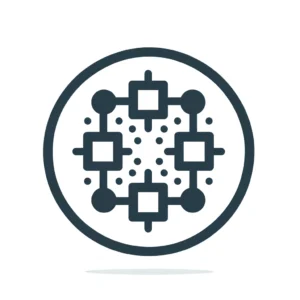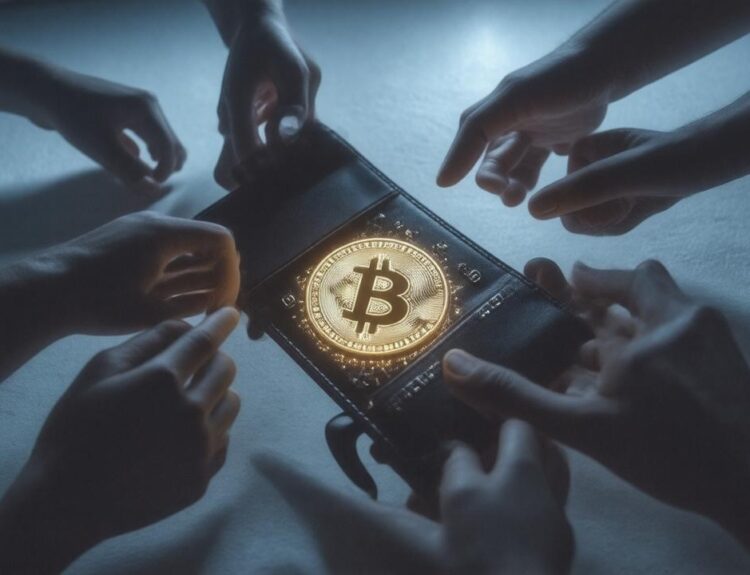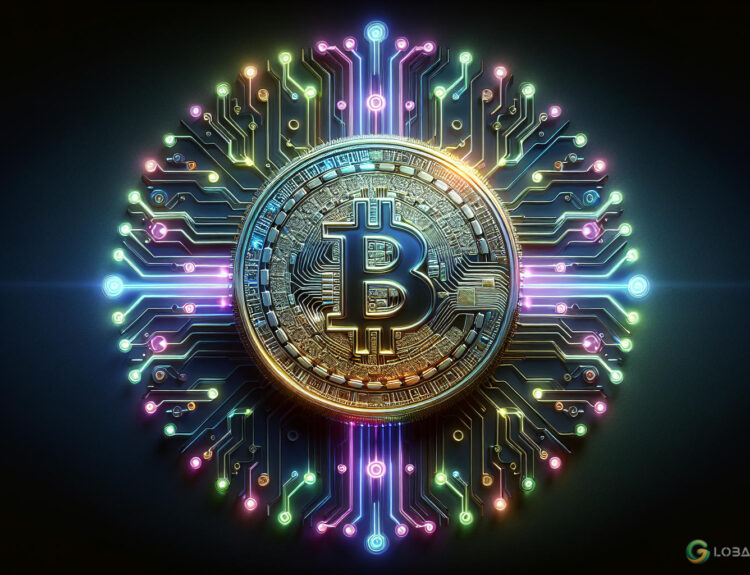“`html
Real-world assets (RWAs) in the crypto space may carry a hidden risk that could lead to a financial crisis similar to the 2008 subprime mortgage collapse, warns Tracy Jin, COO of MEXC Exchange. As the tokenization of real-world assets grows rapidly, concerns about transparency and risk management have come to the forefront.
What Is Real-World Asset Tokenization?
Real-world asset tokenization is the process of converting physical or traditional financial assets—such as gold, real estate, securities, treasuries, and fine art—into digital tokens on a blockchain. This innovation aims to make these assets more accessible and liquid for everyday investors.
Between 2021 and 2025, the total value of tokenized assets surged from $1 billion to over $23 billion. Despite the promise of increased accessibility, a lack of transparency, especially when RWAs are issued on private blockchains, has raised red flags in the industry.
The Risk of Hidden Toxic Assets
According to Jin, the lack of transparency in some RWA projects opens the door for institutions to package high-risk assets into these tokens, potentially exposing investors to significant losses. She warns that this could create conditions similar to the 2008 financial crisis, where poorly assessed risks led to widespread economic turmoil.
“On-chain data may look perfect, but the underlying real-world assets could be struggling or even failing. This hidden risk could cause a collapse in token value overnight.” — Tracy Jin, COO of MEXC Exchange
An Example of Hidden Risks in RWAs
Early iterations of RWA tokenization on decentralized finance (DeFi) platforms have already highlighted potential pitfalls. For instance, platforms like Centrifuge allowed issuers to tokenize receivables, such as unpaid invoices from small businesses, and use them as collateral for borrowing stablecoins on platforms like MakerDAO.
While these smart contracts functioned flawlessly, the quality of the off-chain collateral was often opaque. If the small businesses backing the tokens defaulted, the token value could plummet. This scenario demonstrates how seemingly safe, high-yield RWAs can rapidly become worthless due to hidden weaknesses in the underlying assets.
How to Identify Toxic RWAs
Jin emphasizes the importance of due diligence when evaluating RWAs to avoid falling victim to “toxic tokenization.” Here are key steps for investors:
- Verify the issuer and custodian: Ensure the project is managed by a reputable, regulated firm with a transparent public presence.
- Demand independent audits: Look for projects that undergo regular audits by reputable third-party firms. Avoid relying solely on on-chain dashboards.
- Check legal clarity: Ensure the token provides a direct, enforceable ownership right to the underlying asset. Ambiguity in legal claims is a red flag.
- Assess liquidity: Confirm the real-world liquidity of the underlying asset. Tokenization doesn’t automatically create a deep market for illiquid items.
If any of these factors are unclear or missing, investors should exercise extreme caution before committing funds.
Risks in Tokenizing Assets Like Real Estate or Fine Wine
The inherent risks of assets like real estate or fine wine are not new and have been managed for centuries. However, the tokenization process introduces additional layers of risk, such as:
- Inflated valuations: Unscrupulous issuers may tokenize assets at inflated prices, leaving investors at a loss from the start.
- Custodian issues: Poorly managed or fraudulent custodians could misplace or lose the physical asset.
- Smart contract vulnerabilities: Bugs in the code could lead to the loss of the digital representation of the asset.
- Legal complexity: Ownership rights may be difficult to enforce across jurisdictions, adding uncertainty for investors.
The quality, regulation, and technical expertise of the issuer are critical factors in mitigating these risks.
The Role of Private Blockchains in RWA Tokenization
Many institutions prefer private or permissioned blockchains for RWA tokenization to maintain control over their networks. These blockchains allow them to enforce strict KYC/AML compliance, protect client confidentiality, and reverse transactions when necessary.
However, this approach undermines the transparency that public blockchains promise. While private blockchains improve operational efficiency, they recreate the closed, opaque systems of traditional finance, limiting the benefits of decentralization.
Are Institutions Offloading Risky Assets On-Chain?
Jin suggests that major financial institutions are cautious about tokenization due to reputational risks. However, smaller, unregulated entities may use tokenization as a way to bypass regulations, packaging high-risk assets and selling them to retail investors who lack the tools to evaluate the risks.
This systemic lack of oversight poses a significant risk, as poorly priced assets could lead to widespread losses if their true risk profiles are misrepresented.
Regulatory Measures to Prevent a Crisis
To prevent RWAs from triggering a financial crisis, Jin advocates for a robust regulatory framework that emphasizes transparency and accountability:
- Mandatory third-party audits: Regulators should require regular, independent audits to verify the quality and valuation of underlying assets.
- Standardized legal frameworks: Clear guidelines must ensure token holders have enforceable ownership rights and redemption processes.
- Qualified issuers and custodians: Only licensed entities meeting strict financial and governance standards should be allowed to tokenize and manage assets.
By implementing these measures, the crypto industry can foster trust and mitigate risks, paving the way for the safe growth of RWA tokenization.
“`
























